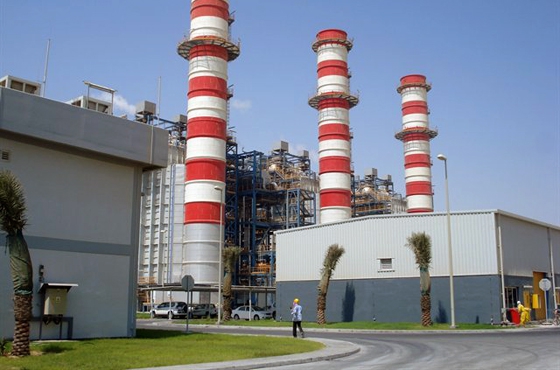Qatar’s power sector will require $9bn during 2016-20 for generating capacity and transmission and distribution (T&D), according to Arab Petroleum Investments Corporation (Apicorp).
“Our estimates suggest that Qatar will need to invest around $9bn to add 5.2GW (Giga watt) to meet rising demand in the medium term: $6bn in generation and $3bn in T&D,” Apicorp said in a report.
Highlighting that Qatar has not built additional capacity over the past five years because it already has adequate capacity of 8.8GW; it said with increasing demand and peak load reaching a record 7.1GW in 2015, the country sanctioned two new projects that will add nearly 4.5GW in the medium term.
The Umm Al Haul power and desalination project with a capacity of 2.5GW and costing $3bn will be built by K1 Energy and owned by Qatar Electricity and Water Company, K1 Energy, Qatar Petroleum and the Qatar Foundation.
Another one is the 2GW Ras Lafan D independent water and power project, the planned investments should keep the country on track to meet demand growth.
In the Gulf Cooperation Council (GCC), the power sector will require a total of $137bn over the next five years for generation and T&D, the report said.
Highlighting that the GCC represents 47% or 148GW of the current Middle East and North Africa (Mena) power-generating capacity, it said despite this large capacity, the region would require $85bn for the addition of 69GW of generating capacity and another $52bn for T&D over the next five years.
The GCC governments will continue to cope well with rising demand and energy-price reform will help temper demand rises, it said.
“Although GCC governments have announced budget deficits and indicated that government expenditures will be tightened in response to lower oil prices, investments in the power sector should not be affected and will be given priority,” it added.
Among the GCC countries, Saudi Arabia will require a total of $71bn in the power sector ($43bn for generation and $28bn for T&D); the UAE $34bn ($20bn and $14bn), Kuwait $12bn ($8bn and $4bn), Oman $8bn ($6bn and $2bn) and Bahrain $3bn ($2bn and $1bn).
In Saudi Arabia, whose estimated capacity stood at around 80GW in 2015 with Saudi Electricity Company representing around 60GW; it said “we estimate that the country will need to invest $71bn to increase capacity to114GW.”
The UAE needs to invest $34bn to meet the 17GW capacity addition needed over the medium term, it said, adding the country experiences periodic blackouts and hopes to alleviate this by integrating the seven emirates’ natural gas-distribution networks.
Observing that Kuwait’s estimated capacity in 2015 was around 16GW but will need to reach 22GW by 2020, requiring $12bn of investment; Apicorp said in the medium term, the country has five power projects in the pipeline, which will add 5.8GW of capacity.
In Oman, rising demand will require generation capacity to grow at an annual rate of 9.6% and the country will need to add 4.8GW in the medium term, involving investment of $8bn, it said.
Finding that in Bahrain, capacity will need to grow at 6% per annum; it said while this is a high growth rate, it is nevertheless one of the lowest by Mena standards.
“As a result, we anticipate that $3bn needs to be invested over the next five years to meet capacity additions of 1.4GW, bringing the total to 5.6GW by 2020,” it said.
Gulf Times
13 May






















































